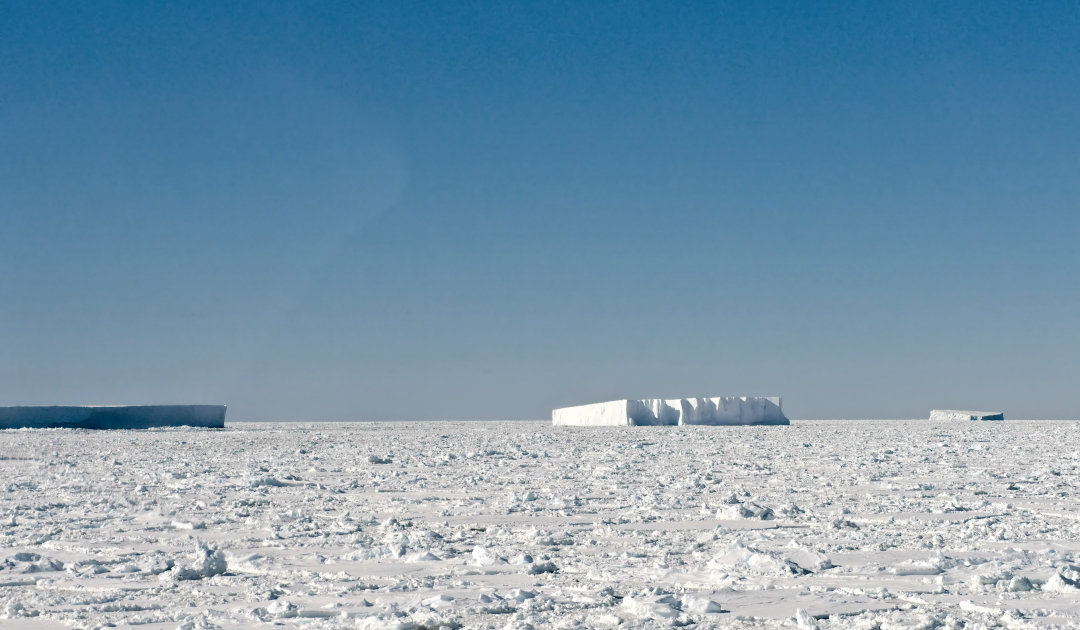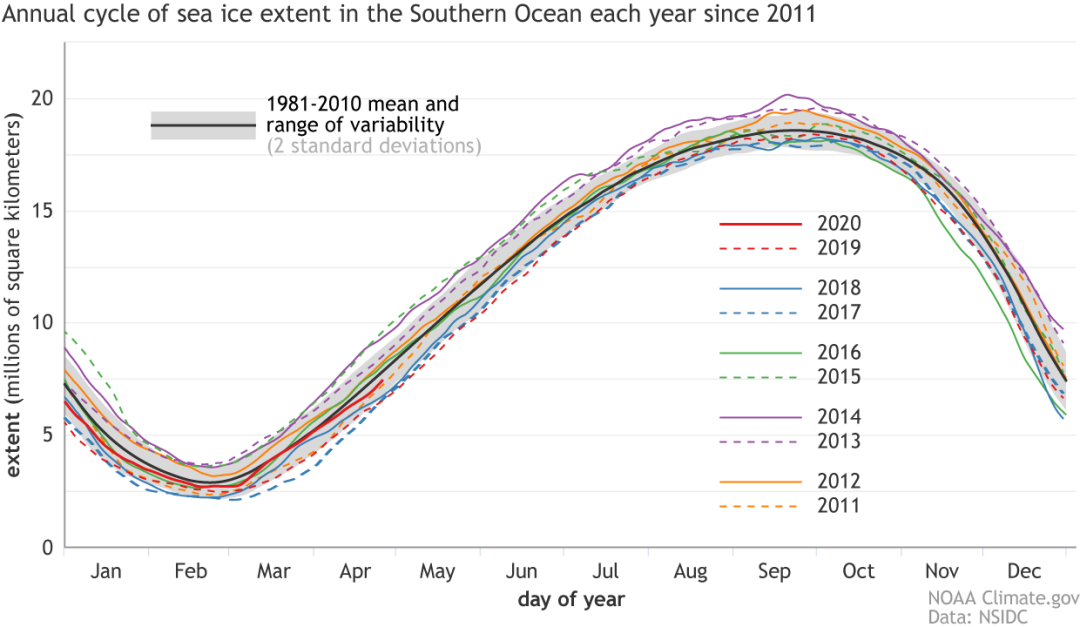
The climatic changes taking place in the Polar regions move people all over the world. This is because the effects can also be felt globally, whether weather-wise or due to rising sea levels. But while for the Arctic climate models on which the predictions of future developments are based show a relatively uniform picture, they may vary considerably for Antarctica. An analysis now shows that the new models have improved considerably and are still improving. But time is pressing, because next year, the Intergovernmental Panel on Climate Change intends to present its latest report.
In a recently published study, researcher Dr. Lettie Roach of the University of Washington and her international team examined a total of 40 current models for the development of Antarctic sea ice and compared them with satellite images. Their work shows that all models predict a decline in Antarctic sea ice by the end of the century, regardless of the greenhouse gas scenario. But the extent of the loss depends heavily on the corresponding scenario. The analysis by Roach and her colleagues is one of the first to take care of the new models and Antarctic sea ice. “I’m really fascinated by Antarctic sea ice, which the models have struggled more with than with Arctic sea ice,” explains Dr Roach. “Not as many people are living near Antarctica and there haven’t been as many measurements in the Antarctic, making it hard to understand the recent changes in sea ice that we’ve observed through satellites.”

Making predictions is always difficult and depends heavily on the models that are used. In the case of Antarctic sea ice, these are coupled climate models that combine oceanic, terrestrial, atmospheric and sea ice models to provide as detailed predictions as possible. But this is exactly the crux of the matter: the drivers of sea ice changes in Antarctica are less well known than those for the Arctic. Only with improved technical possibilities such as more accurate satellite measurements and intensified field work, data used for the individual models have become more accurate. “The project arose from a couple of workshops that were polar climate centered, but no one was leading the Antarctic sea ice group,” says Lettie Roach. “So I put my hand up and said I would do it.” And it was time, because the models that had been used for the predictions so far are almost ten years old. “The previous generation of models was released in 2012. We’ve been looking at all the new models released, and we’re seeing improvements overall,” Roach added. “The new simulations compare better to observations that we have seen before. There is a tightening up of model projections between this generation and the previous, and that is very good news.”

The analysis of Dr. Roach and her colleagues is also urgently needed. Their results are expected to find their way into the next climate report of the IPCC which plans to present it next year. This report also lists the forecasts of developments in the Polar regions and their possible global impacts. Skeptics repeatedly complained that the predictions for Antarctica had been too variable. With this work, this should dampen the critics a bit as 40 models predict a decline. But the researchers will not rest on their success. “Tons of work go into these models. I think they are the best tool we have to help us to understand climate change and what will happen in the future, and to provide good information for the policymakers to make decisions on.”
Source: Universität Washington / NOAA / NSIDC
More on the subject:





